|
TAPROOT BLOG: Psychoeducation for Clients and Providers
|
|
Distress tolerance skills help us tolerate distressing moments in our lives, by validating the distress while actively engaging in activities to ease it. One of the skills DBT prescribes is ACCEPTS. ACCEPTS is an acronym for active things we can do to support ourselves through these times.
A: Activities. Simply put, do something to get busy. Exercise, clean the house, engage in a hobby. Get moving! Do something that requires enough of your attention to distract you from your unpleasant feeling. In doing so, you’ll also feel productive! C: Contributing. By giving our time and energy to others, we feel connected to our friends, family and community. This helps us build our positive emotions! In this pandemic, you may feel limited in what you can do. It’s important to remember that any little bit helps: shopping locally, tipping our delivery people well, video chatting with a friend who may be quarantined alone, sending a Venmo tip to our musician and comedian friends continuing to put their work out in the world. Now more than ever is a great time to contribute to others in any way we can. C: Comparisons. This skill is a tricky one. On one hand, comparing ourselves to others can lead to negative self-image. We can feel scarce, rather than abundant in what we have. Comparison can also be problematic when we use it to compare suffering. All suffering is valid and warrants validation. Comparison, however, can be helpful when expressed from a place of gratitude. It can also be helpful when we compare ourselves to our previous selves, and recognizing the progress we have made. E: Opposite Emotions. Actively do the opposite of what you are feeling. If you are feeling sad, watch a funny movie. If you feel anxious, do something that calms you down, such as meditation or gentle yoga. If you are feeling like you want to pull away from someone you love and trust out of embarrassment, fear, or shame, reach out to them. P: Pushing Away. We do not have control over the first thought we have. Many of our thoughts are automatic. We do, however, have control over what follows our automatic thoughts. Our brain is incredibly powerful and can be used to reframe thoughts and use visualization to reduce unwanted thoughts and replace them with wanted thoughts. T: Thoughts. Distract yourself with a positive thought. Say a prayer, count to 10, count your breaths, think about someone you love. Making a list ahead of time of our positive thoughts can also be helpful. S: Sensations. Use a physical sensation to provide you with a distraction. This is helpful when we are feeling more dysregulated than usual; times when we feel we’ve tried everything in our bag of tricks, and nothing seems to be helping. Intense sensations, such as splashing cold water on your face, calms the brain for a brief period of time, giving us space to implement other calming tools. Other sensations can be taking a hot or cold shower, listening to loud music, or even listening to soothing sounds, such as rain falling or a meditation bell. Comments are closed.
|
Categories
All
Archives
May 2024
|
|
Taproot Therapy, LCSW, PLLC [email protected] 285 Lexington Avenue Suite 2A New York, NY 10016 141 E 35th Street Suite J New York, NY 10016 |
|

 RSS Feed
RSS Feed

